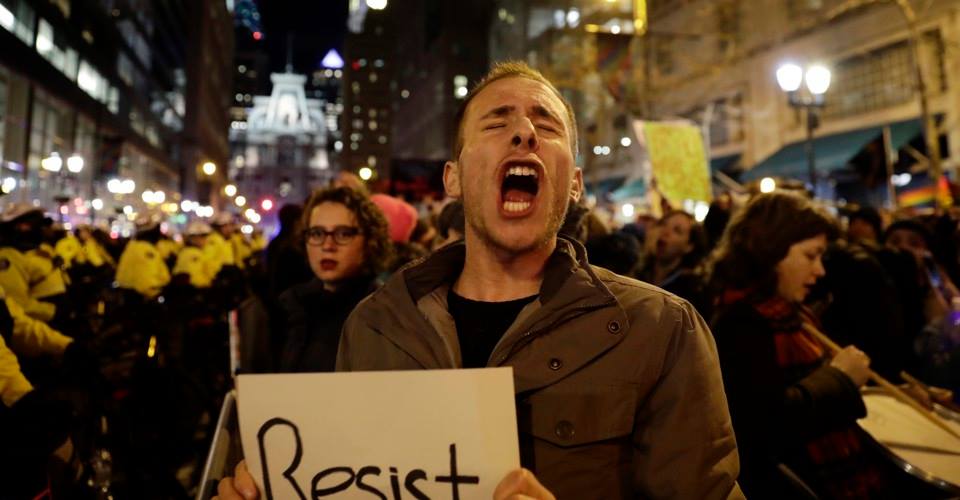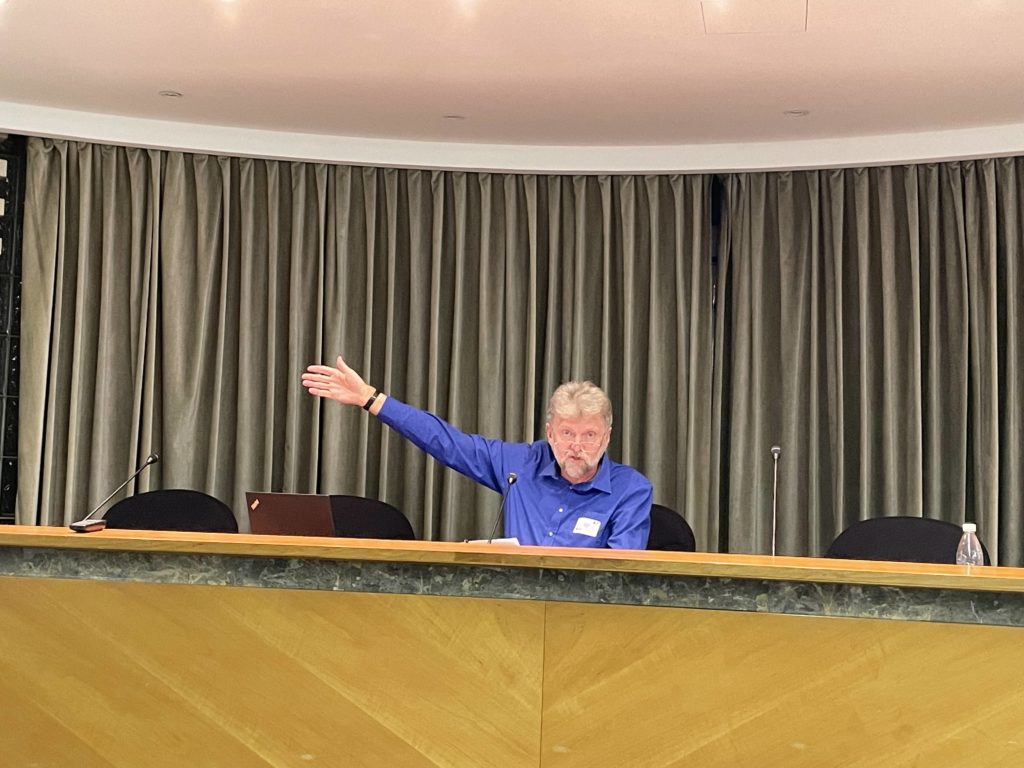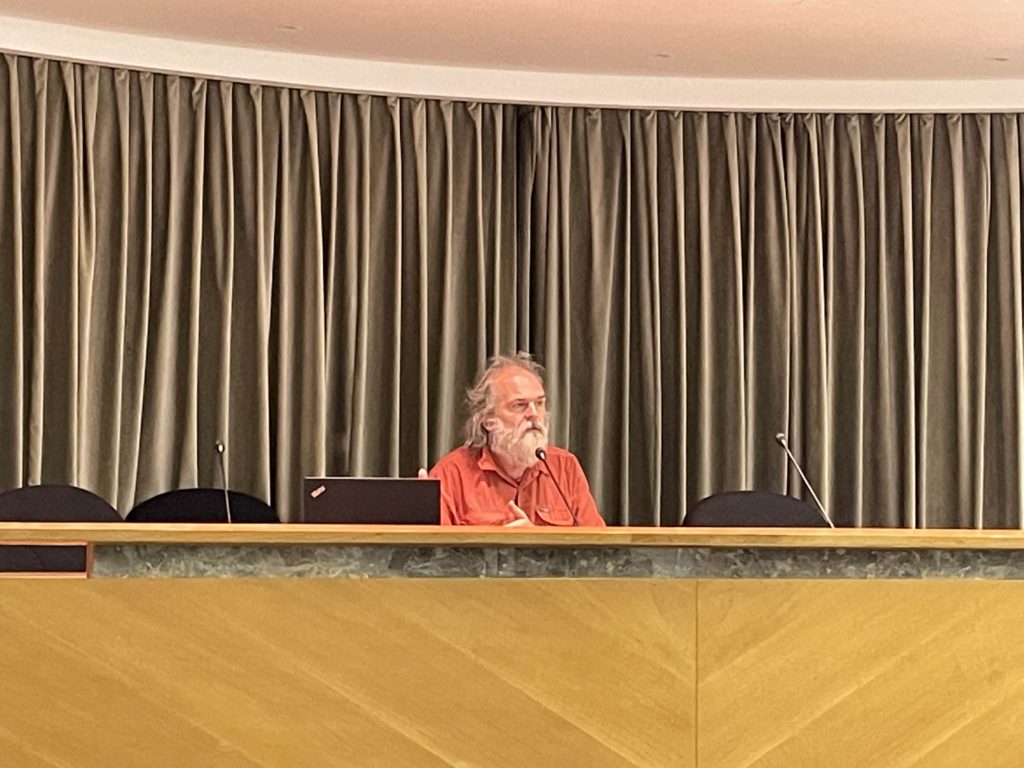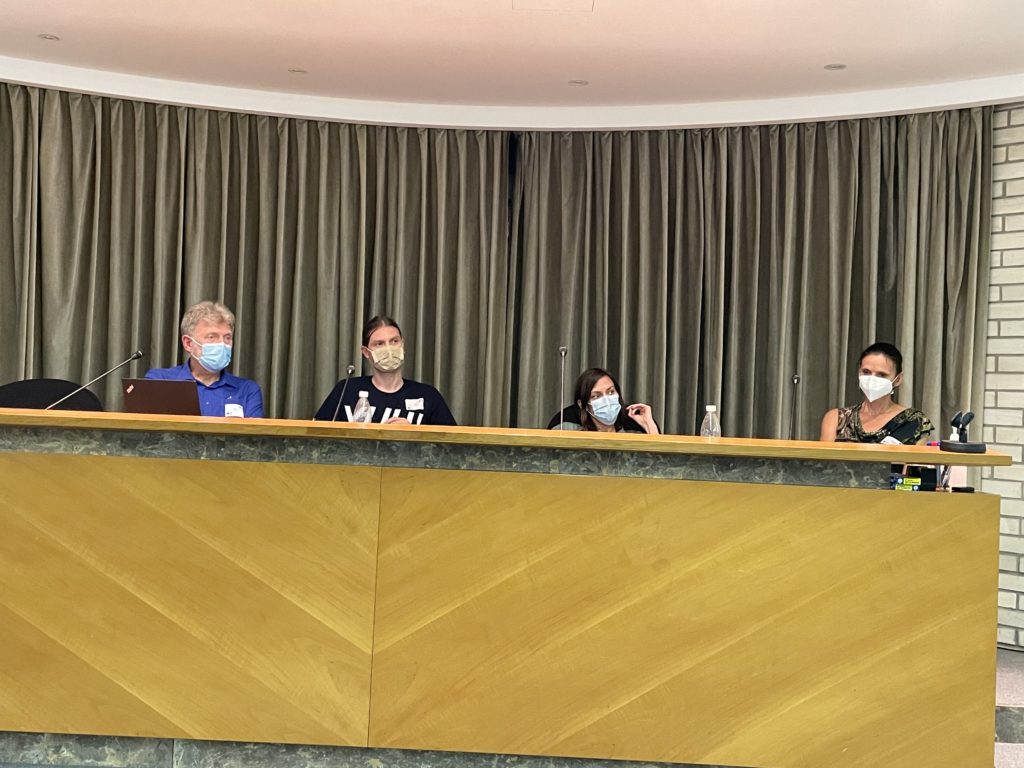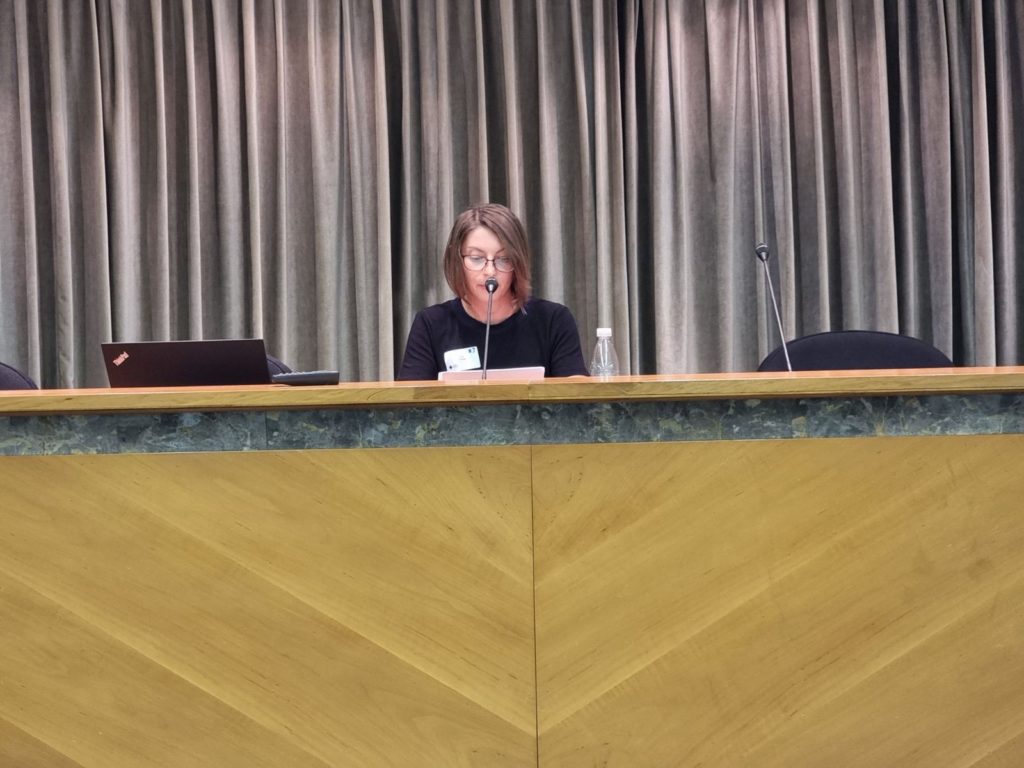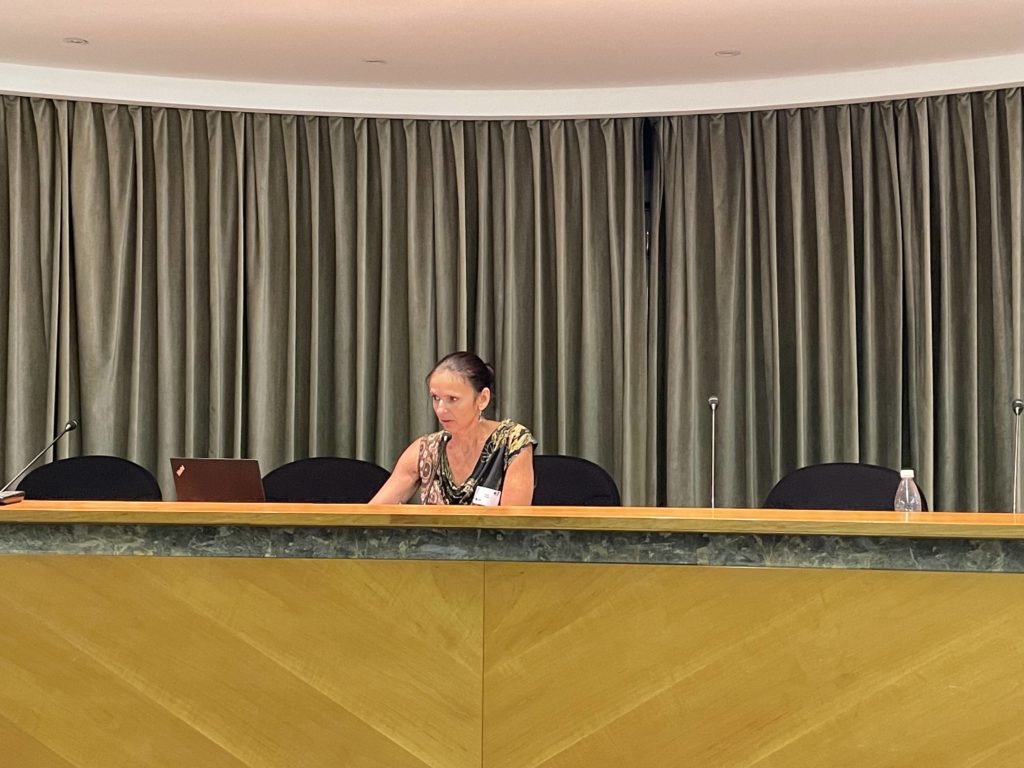Two days in mid-September, the 16 and the 17, were an opportunity to hear a number of excellent presentations by a diverse group of researchers at the Loud Memories, Turbo Folks: Mapping Sound, Image and Remembrance in the Post-Yugoslav Space International Symposium September.
The symposium, attended by our project team members, was driven by the desire to engage with the question how images, sounds, and memories (re)invent traditions, histories, and spaces of political intervention? The organisers, the Center for Cultural and Religious Studies, Faculty of Social Sciences, University of
Ljubljana (CPKR, FDV (UL)), and the MGLC – International Centre of Graphic Arts, forwarded the question of what are the cultural dynamics and the affective charges of the post-Yugoslav condition? How do they travel across various media and across the borders of various posttransitional peripheries?
The symposium also featured presentations by four project team members, Tanja Petrović, Mojca Kovačič, Rajko Muršič, and Svanibor Pettan, and the keynote by project leader, Ana Hofman.In her keynote, “Sound, Affect, Memory: Re-Listening of the Past”, Ana Hofman (https://fb.watch/88mRaTq1uM/) talked the potentials and limits of approaches that theorise affective experience music performing and listening. Using her ethnographic work on activist choirs in former Yugoslavia, Ana took a critical look at the potentials inscribed in the affective politics of collective singing and listening. Rajko Muršič talked about “Grassroots Music Venues, Ten Years After: Popular Music Venues Resisting Capital, State, and Apathy” (https://fb.watch/88mKBXNSeg/, 50:00–1:10:00), claiming that the development of popular music was primarily related to live music venues providing opportunities to dance. Rajko gave an overview of music venues before WWII, after WWII and after 1991, to address the issue of survival of grassroots venues today. Mojca Kovačič examined in her paper (https://fb.watch/88mNS8-TiF/, 1:07:00–1:23:00), “Creating Music Atmosphere through Strategic Performances of Slovenian Balkan Brass Bands”, Slovenian Balkan brass bands that flourished on the music scene in Slovenia after 2000. She discussed the relations that the musicians of some Balkan brass ensembles in Slovenia establish with their own and the listeners’ imagination about Balkanness and the Balkan music through concepts of affect transmission and collective atmosphere. Svanibor Pettanhttps://fb.watch/88mNS8-TiF/, 44:00–1:07:00) in his presentation the “Longue Durée Research of the Affective Aspects of Romani Musicianship in Kosovo: An Autoethnographic Look Back” related, discussing the Romani musicians and music, the dynamics of the ethnographic evidence to the changes in scholarly approaches, particularly in regard to music and minorities and applied ethnomusicology within the International Council for Traditional Music. On the last day, Tanja Petrović (https://fb.watch/88mCXQYinM/, 40:00 – 1:05:00) discussed in a talk “Madness of the Revolution” the link between madness and revolution, revealed through simultaneous fascination and distancing, adoration and cynicism, and asks about its social function and meaning, by exploring the artistic narratives and media texts dealing with Radoš Terzić (1931–1985), a homeless Belgrade bohemian, a believer in “real” socialism, social justice and equality, an “orthodox Marxist”, and an unacknowledged revolutionary poet.
